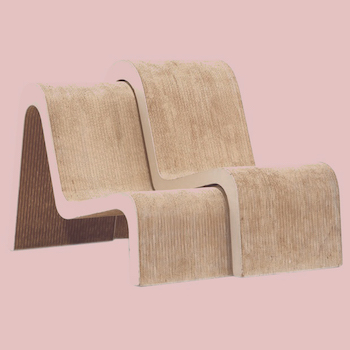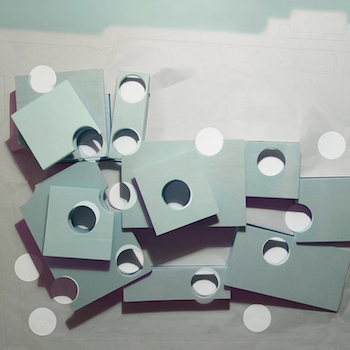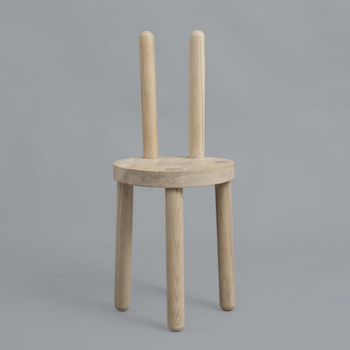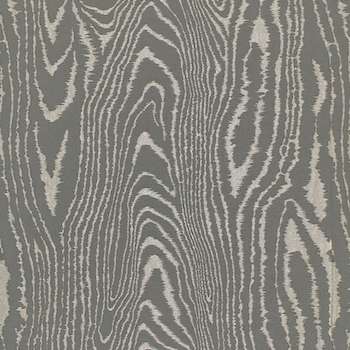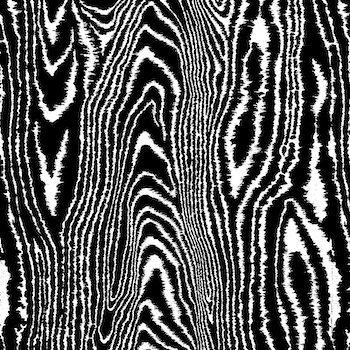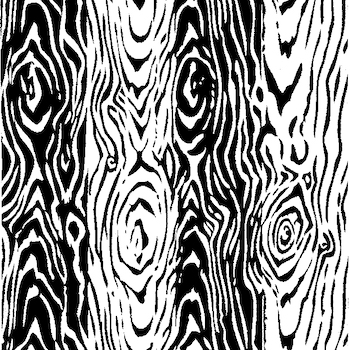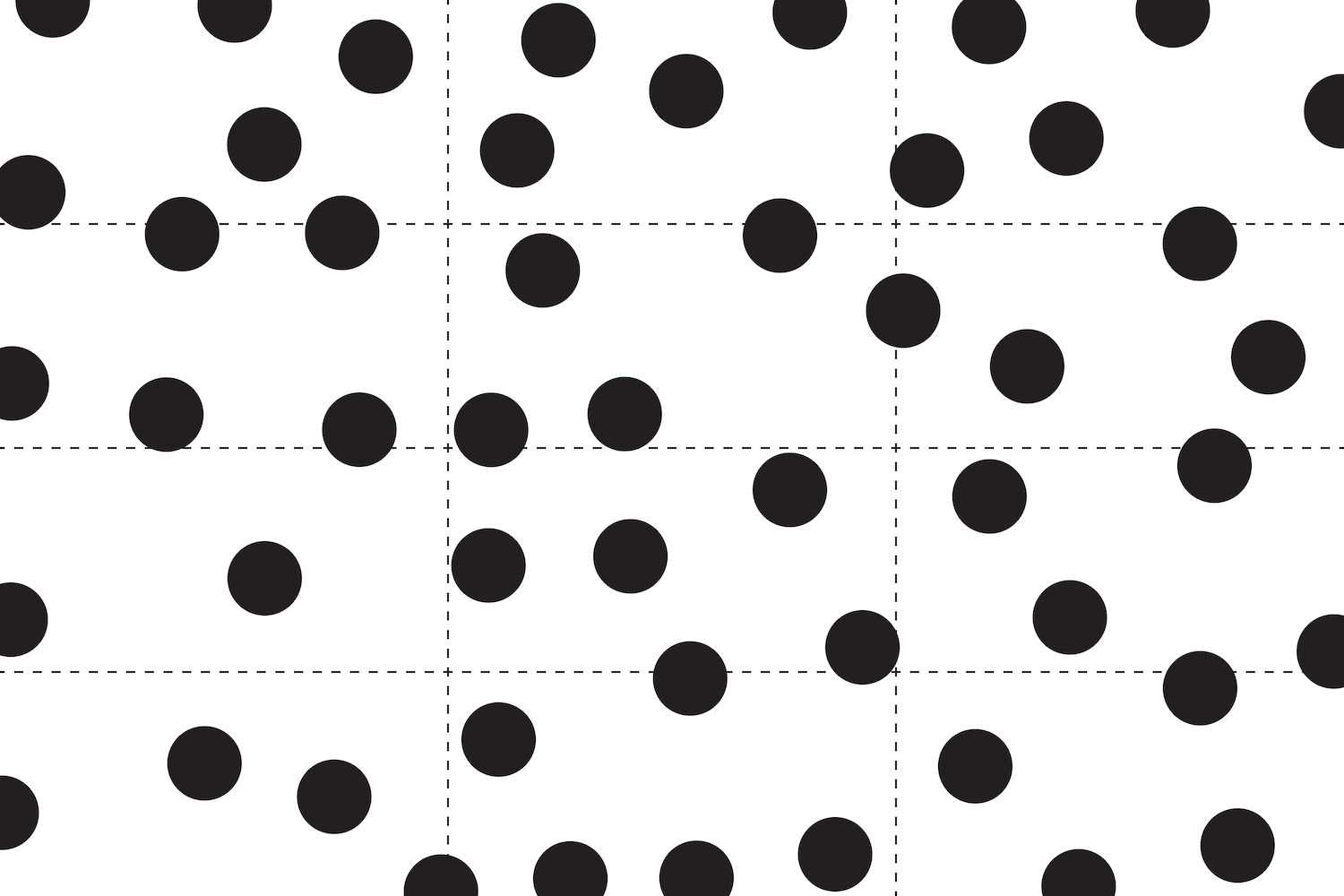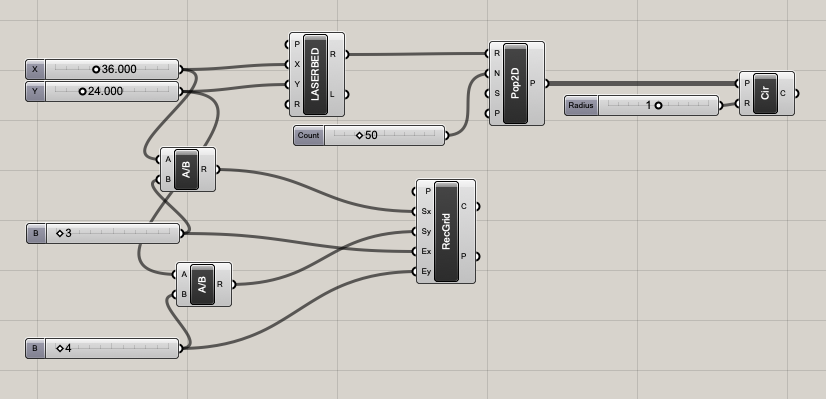measured kerf
grasshopper definition : circle accounting for kerf
Using grasshopper, I was able to make two files - one for the shelves, which I wanted to
be punctured by holes, randomly - and another for the dowels - which would be stacked on a
1" cardboard piece. I was originally hoping to use the cut out holes of the shelf to be
dowels, but the fit was quite loose, so the dowels account for the kerf (.005"). It's a tight enough
fit to hold the shelves, but loose enough to jiggle in and out. On a separate note, I know
this is a pretty weak way to use grasshopper, but I've not used it successfully before, so
I was pretty pleased and now can start to see other simple though helpful ways I could use it.
dowel joint / assembly
dowel assembly : perforated edge
dowel assembly : non-perforated edge
painted dowel
The dowels, as mentioned previously, were made by being stacked. However, having made many
stacked models, I know it best to use something to align, otherwise things tend to get messy
a piece of 1" cardboard hold all of the dowels together - no glue is used as the fit is tight.
I later decided to paint the dowels white to play with the white vinyl that would be applied
to the cardboard. Initially, I was more pleased by the perforated edge of the cardboard, but
after applying the paint to the dowels, I realized the non-perforated edge began to maybe mimick
or play with the idea of wood grain that I would introduce with the vinyl.
simple vinyl
more detailed vinyl
I was interested in testing different qualities of wood grain. Some of overly complex and
details and others are more simple yet still quite graphic.
peeling off vinly to apply to cardboard shelf
vinyl applied on cardboard
Peeling off the vinyl of 5 sheets of cut material took a looong time! But I was super pleased
with the result. I really like the contrast of the very beautiful grain on the very dumb and
circular cuts into a rectangle.
Assembly 01 :
The resulting object is not SO beautiful, but I do like this play of a material trying to mask
itself. The image above was the assembly I came up with after playing with a couple of pieces.
But the images below show other possible configurations due to the pivot hinge.
Assembly 02 :
Assembly 03 :
Assembly 04 :
Files :
Dropbox
Rhino
Grasshopper
